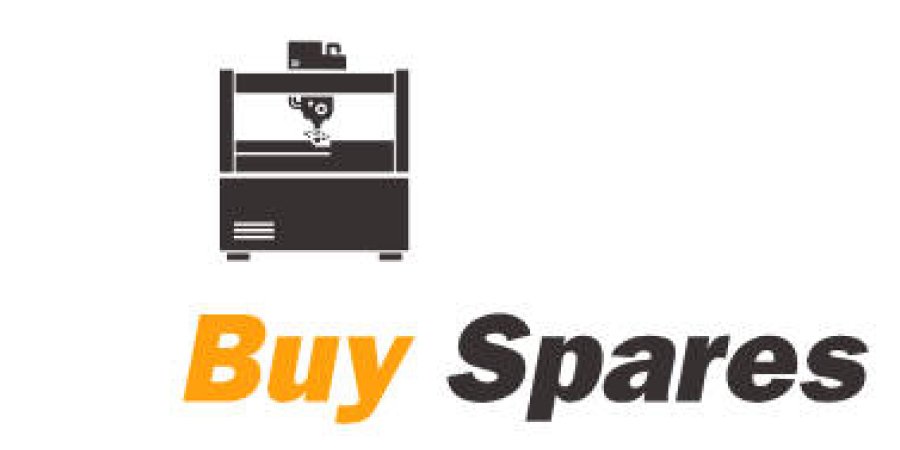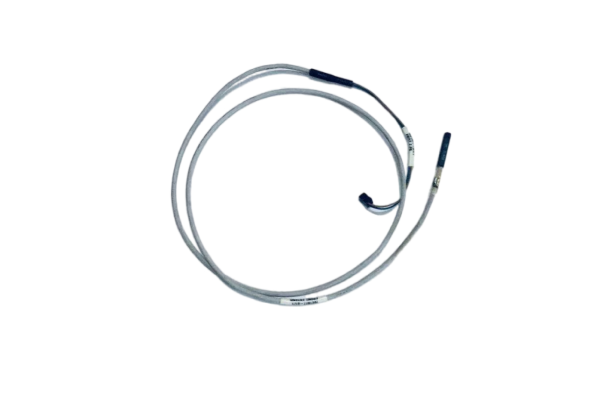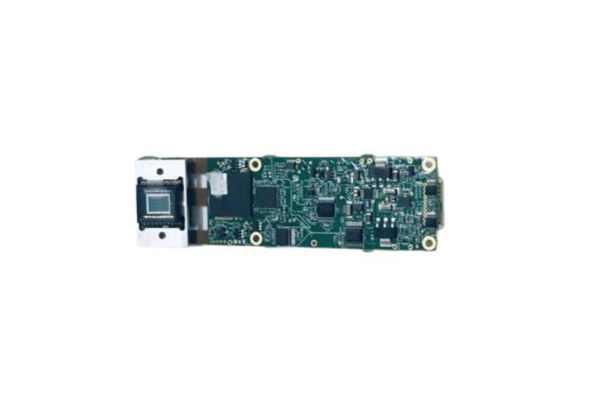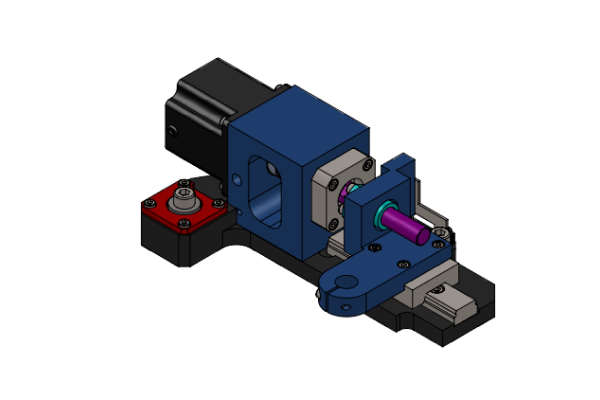
In recent years, MPM PCB printing innovation has revolutionized the electronics manufacturing industry, setting new standards for precision, efficiency, and quality control. These advancements have significantly impacted production processes, enabling manufacturers to meet the ever-increasing demands of modern electronics.
MPM PCB printing innovation boosts production and quality through advanced features like closed-loop pressure control, automated paste dispensing, and real-time inspection systems. These technologies ensure consistent, high-precision solder paste deposition, reducing defects and improving overall production quality.
The impact of MPM PCB printing innovation extends beyond just improved print quality. It has transformed the entire PCB assembly process, streamlining operations and enhancing productivity. From increased throughput to reduced setup times, these innovations have become indispensable for manufacturers aiming to stay competitive in the rapidly evolving electronics industry.
Claims:
True: MPM stencil printer innovation has led to significant reductions in setup times, with some models capable of reducing changeover times by up to 50% compared to previous generations.
False: All MPM PCB printing innovations focus solely on increasing printing speed. In reality, innovations encompass various aspects, including precision, waste reduction, and intelligent process control.
Table of Contents:
- Advanced Features of MPM PCB Printing Innovation
- Impact on Production Efficiency
- Future Trends in MPM PCB Printing Technology
Advanced Features of MPM PCB Printing Innovation
MPM PCB printing innovation has revolutionized the electronics manufacturing industry with cutting-edge technologies that enhance precision, efficiency, and quality control. These advancements have significantly improved the PCB assembly process, enabling manufacturers to meet the demanding requirements of modern electronics production.
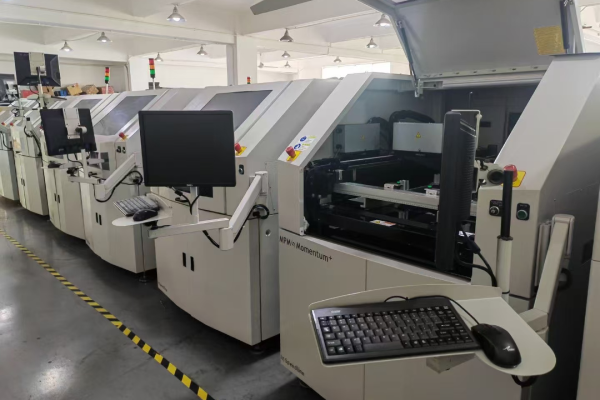
Key features of MPM PCB printing innovation:
- Closed-loop pressure control
- High-precision load cells
- Real-time adjustments
- Automated paste dispensing
- Advanced vision systems
- Enclosed media print heads
MPM PCB printing innovation has introduced several game-changing features that have transformed the stencil printing process. The closed-loop pressure control system ensures consistent solder paste deposition by continuously monitoring and adjusting the print head pressure during operation. This technology, combined with high-precision load cells, allows for exceptionally accurate paste volume control, resulting in superior print quality and reduced defects.
Real-time adjustments and automated paste dispensing systems further enhance the printing process by maintaining optimal paste conditions throughout production runs. These features minimize operator intervention and reduce the risk of human error. Additionally, advanced vision systems integrated into MPM printers provide immediate feedback on print quality, allowing for on-the-fly corrections and significantly improving first-pass yield rates.
Claims:
True: MPM stencil printer innovation has led to significant improvements in wet print accuracy, with some models achieving accuracy as precise as 18µm @ 6σ, Cpk>2.
False: All MPM PCB printing innovations focus solely on increasing printing speed. In reality, innovations encompass various aspects, including precision, waste reduction, and intelligent process control.
Impact on Production Efficiency
MPM PCB printing innovation has had a profound impact on production efficiency in the electronics manufacturing industry. By integrating advanced automation, precision control systems, and intelligent process monitoring, MPM printers have significantly streamlined PCB assembly processes, reducing downtime and improving throughput.

How does MPM PCB printing innovation improve production efficiency?
MPM PCB printing innovation boosts production efficiency by reducing setup times, increasing throughput, minimizing material waste, and enhancing first-pass yield rates through real-time process adjustments.
MPM stencil printers are designed to maximize production efficiency by leveraging features like closed-loop pressure control and automated vision alignment. These technologies ensure precise solder paste deposition, which reduces defects and rework. The result is a more streamlined process with fewer interruptions, allowing manufacturers to meet tight production schedules without sacrificing quality. Additionally, the ability to quickly switch between different PCB designs minimizes downtime during changeovers, further enhancing operational efficiency.
Another key factor in improving production efficiency is the reduction of material waste. MPM printers utilize advanced paste dispensing systems that control the exact amount of solder paste applied to each board. This not only ensures consistent quality but also reduces the need for excessive paste usage and frequent stencil cleaning. As a result, manufacturers save both time and resources while maintaining high-quality standards.
Claims:
True: MPM stencil printer innovation has led to significant reductions in setup times, with some models capable of reducing changeover times by up to 50% compared to previous generations.
False: All efficiency gains from MPM stencil printers are solely due to increased printing speed. In reality, efficiency improvements come from a combination of factors, including precision, reduced waste, and faster setup times.
Future Trends in MPM PCB Printing Technology
The future of MPM PCB printing technology is poised for significant advancement, with emerging innovations focused on artificial intelligence integration, advanced materials, and enhanced automation capabilities. These developments promise to revolutionize PCB manufacturing by improving precision, efficiency, and sustainability.
| Feature | Current Technology | Future Innovation |
|---|---|---|
| Process Control | Manual adjustments | AI-driven optimization |
| Material Handling | Standard dispensing | Advanced composites |
| Quality Inspection | Basic vision systems | AI-powered predictive analysis |
| Integration | Line-level | Factory-wide ecosystem |
| Sustainability | Standard processes | Eco-friendly solutions |
The integration of artificial intelligence into MPM PCB Printing Innovation represents a major leap forward in manufacturing capabilities. These AI-driven systems will analyze real-time data from multiple sensors, automatically adjusting printing parameters to optimize performance and reduce defects. The implementation of machine learning algorithms will enable predictive maintenance and autonomous process optimization, significantly reducing downtime and improving overall production efficiency.
Advanced materials development is another crucial trend, with new composite materials being developed specifically for MPM print head technology. These materials will offer superior wear resistance and thermal stability, enabling finer control over solder paste deposition and potentially allowing for printing at nano-scale resolutions. Additionally, these innovations will support the industry’s move toward more sustainable manufacturing practices, with materials designed to minimize environmental impact while maintaining high performance standards.
Claims:
True: Future MPM print head technology will incorporate AI-driven process optimization for improved performance and reduced defects.
False: All future developments will focus exclusively on increasing printing speed. In reality, advancements will encompass multiple aspects including precision, sustainability, and intelligent process control.
Conclusion
MPM PCB printing innovation represents a transformative leap in electronics manufacturing, delivering unprecedented precision, efficiency, and quality control. The technology’s advanced features have fundamentally reshaped solder paste printing processes, enabling manufacturers to meet increasingly complex production demands.
Frequently Asked Questions
1. How Does MPM PCB Printing Innovation Improve Production Efficiency?
MPM PCB printing innovation enhances production efficiency through:
- Closed-loop pressure control systems
- Automated paste dispensing
- Real-time vision inspection
- Reduced setup and changeover times
- Minimized material waste
- Increased first-pass yield rates
2. What Advanced Technologies Are Integrated into MPM Stencil Printers?
Key advanced technologies include:
- High-resolution vision systems
- AI-driven process optimization
- Servo-driven alignment mechanisms
- Closed-loop feedback control
- Intelligent paste management systems
- Real-time defect detection algorithms
3. Can MPM Printing Technology Handle Different PCB Production Scales?
MPM printing technology offers remarkable flexibility:
- Supports high-volume production
- Adaptable for small batch manufacturing
- Handles various board sizes and configurations
- Provides consistent performance across different production volumes
- Enables quick changeovers between different PCB designs
4. What Are the Primary Quality Improvements from MPM Printing Innovation?
Quality improvements include:
- Precise solder paste deposition
- Reduced print defects
- Enhanced print consistency
- Improved component placement accuracy
- Minimized paste volume variations
- Superior print resolution
5. What Future Developments Are Expected in MPM PCB Printing Technology?
Anticipated future developments:
- Advanced AI integration
- Enhanced machine learning algorithms
- IoT connectivity for remote monitoring
- Nano-scale printing capabilities
- Sustainable and eco-friendly design approaches
- More intelligent process optimization techniques
1. ITW EAE’s MPM Momentum Series – Explores how MPM Momentum printers offer precision and efficiency through advanced technologies like closed-loop servo systems, ensuring consistent solder paste application and increased throughput. Read more on ITW EAE’s website
2.MPM Momentum BTB for Dual-Lane Configurations – Highlights how the Back-to-Back configuration boosts productivity while saving space. This setup is ideal for high-volume manufacturing. Detailed features available at SMTNet
3.Benefits of MPM Stencil Printers – Analyzes their high precision, increased throughput, and reduced defect rates, emphasizing the advantages for PCB assembly efficiency. See more at SMT Components
4.MPM Paste Printers’ Impact on Manufacturing – Focuses on how their advanced sensors and automatic calibration lead to reduced waste and improved product quality. Explore on 1st SMT
5.Industry Awards for MPM Printers – Describes how models like the MPM Edison received global awards for innovation and technology excellence. More details on SMTNet
6.ITW’s Market-Specific Innovations – Discusses ITW EAE’s developments in MPM printers to address cost reduction and quality improvement demands in PCB printing. Check ITW EAE updates
7.Comparison of MPM vs. Traditional Printers – Explains how MPM printers outperform other systems in terms of precision, automation, and speed, making them essential for high-volume PCB assembly. Insights at SMT Components
